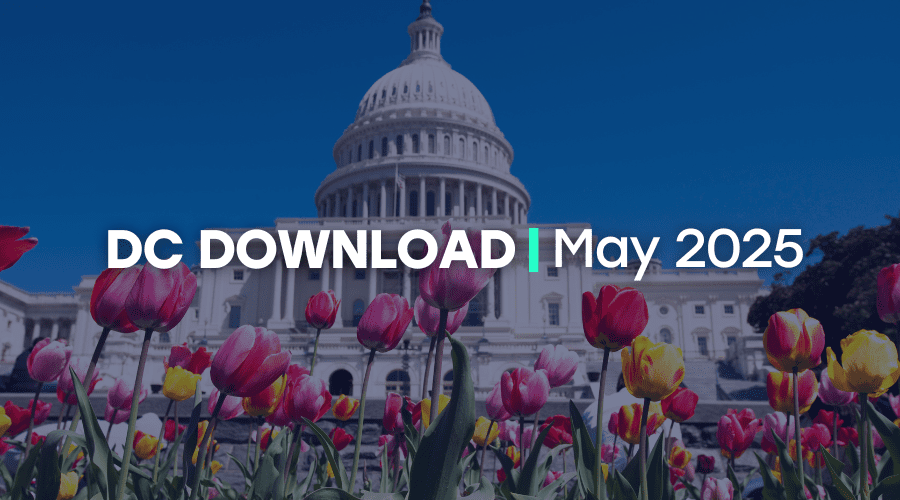Editor’s Note: A U.S. district court struck down this rulemaking on November 15, 2024. The following information was accurate as of May, 2024 and is still instructive as nonprofit organizations consider future overtime eligibility decisions.
A healthy and equitable nonprofit workforce requires a higher salary threshold for overtime — but implementation of this new rule will likely put a strain on nonprofits, especially those that are not prepared for the change.
The new rule: what is it?
In the spring of 2024, the DOL finalized a rule that makes more workers eligible for overtime pay under the Fair Labor Standards Act (FLSA). The new rule stipulates that by July 1, 2024, any employee with a salary lower than $43,888 (with some exceptions) will be eligible for overtime pay — with the threshold increasing again to $58,656 in January 2025.
According to the FLSA, any employee who falls under this threshold (a “non-exempt” employee), must receive at least 1.5x their regular rate for all hours over 40 per week.
Currently, the salary threshold for overtime eligibility is based on the 20th percentile of average earnings in the lowest-wage region in the country. The new rule will instead tie the threshold to the 35th percentile, with future increases scheduled to happen every three years.
So what do these changes mean for nonprofit organizations?
Potential impacts to the nonprofit sector
Nonprofit employers already face the difficult task of honoring their commitment to fair salaries and benefits while providing essential services to the communities they work in. Because of the sector’s size and wide range of services offered, nonprofits stand to be significantly affected by the new overtime eligibility rule.
Nonprofits employ more than 10% of the private workforce and pay out $670 billion annually in wages. The sector saw increased demand during and following the pandemic — which meant an increase in staff hours worked and employees hired to meet that need.
When the first salary threshold increase takes place in July, nonprofit leaders will be responsible for paying overtime to any non-exempt employee earning less than $43,888 per year. That means organizations must assess the individual impact of the change on their employees and prepare accordingly in a short amount of time.
How nonprofits can prepare for the change
Consider the organization’s budget
Each nonprofit should closely consider its overall budget in light of the upcoming overtime eligibility change. Some may be only marginally affected, but others will need to make room in their budgets for either salary increases or additional overtime pay.
Because nonprofit organizations can’t pass increased costs along to their customers, they must find other ways to cover the additional expense. Depending on each organization’s revenue streams, it might be necessary to raise additional funds through donors.
Understand exemptions and review staffing
In general, an employee must meet three tests to be exempt from overtime eligibility under the FLSA. They must 1) be paid a salary, 2) earn above the set salary threshold, and 3) primarily perform job duties that meet the DOL’s description of executive, administrative, or professional duties. For workers currently earning a salary above $107,432, a less strict version of the duties test can be applied.
It’s essential for nonprofits to understand these exemptions, as they will need to review their own staffing, look closely at each person’s role and responsibilities, and determine who might be exempt from overtime eligibility, even under the new rule. Many employees may fall into a gray area where it’s unclear whether they would be exempt; if so, it might be necessary to reclassify them based on their primary duties or even raise their base salaries.
Review wage and hour policies
It will become more important for each nonprofit organization to have a thorough understanding of their own overtime policies. Before the new rule is implemented, determine what is and isn’t permissible overtime, how overtime is approved, and how hourly work is tracked.
Focus on thorough record-keeping
Nonprofits should ensure their record-keeping policies are compliant under the FLSA guidelines. These records must include detailed employee identification information, such as occupation, hourly rate, and hours worked for a minimum of three years.
What happens next
The salary threshold will increase in increments over the next year, with the first change taking place in July. In the future, increases will take place every three years to ensure the salary threshold continues to reflect average earnings.
While the new rule will likely face legal challenges in the future, nonprofits need to start preparing for the possibility of increased employee overtime eligibility today.
Interested in learning more? Read Independent Sector’s comment letter to the DOL, watch a webinar on this topic with a legal expert from Sheppard Mullin, and look into the DOL’s frequently asked questions and compliance guide for small entities.



